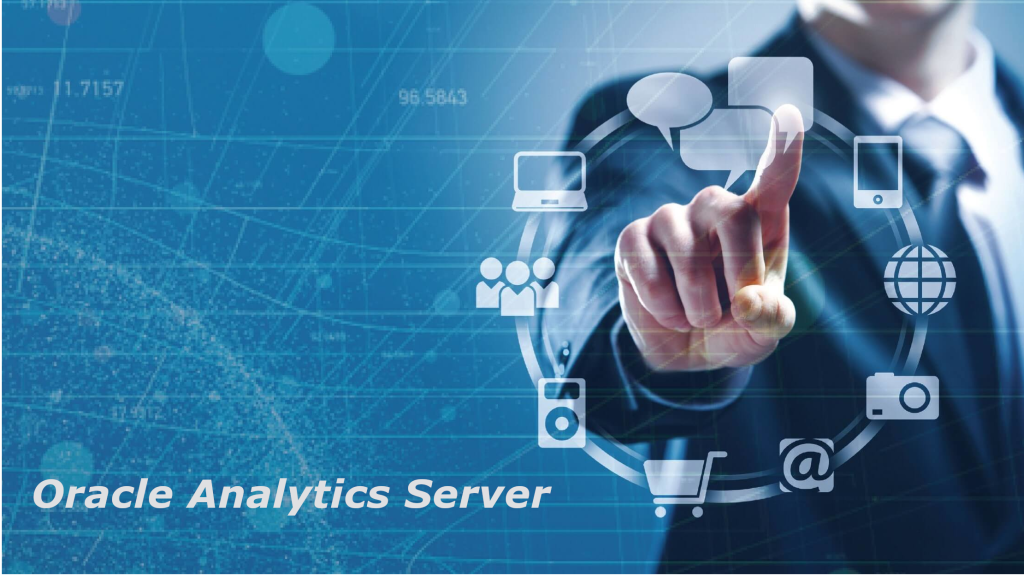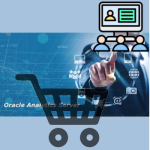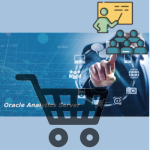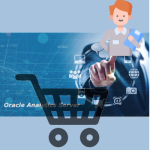Oracle Analytics Server (OAS) is a comprehensive, on-premises analytics platform that offers a wide range of capabilities for data preparation, visualization, reporting, and augmented analysis, all powered by AI. It’s designed for organizations that require on-premises deployments, such as those in highly regulated industries or with multi-cloud architectures. OAS is essentially the on-premises version of Oracle Analytics Cloud, providing a modern, industry-leading analytics experience.
Overivew
In fast evolving pace in the digital world, it has become apparent the need for the organizations to scale and meet the demands effectively and efficiently.
Successful business decisions are based on accurate and precise business insights, which requires a mature business analytic capability within the organization.
This course enables the business analysts with the right tools, and processes based on best practices using Oracle Analytics Server.
Prerequisites
Knowledge
Students to this class are expected to have:
- Good business background
- Basic understanding of computer operations skills :such as managing files
Technology
Depending on the delivery method of this course, the students should have :
- A Workstation with Internet browser capability such as (Chrome, Edge, or Safari)
- Good persistent internet connection without blocking firewalls(ideally non corporate firewall protected workstations)
The Labs
Labs would be available for students throughout the duration of the course,
Each student would have their own Oracle Analytic Cloud instance allows students to practice their exercises freely and independently.
Labs covered in this course:
- Lab 1: Visualizing Data
- Lab 2: Semantic Modeling
- Lab 3: Reporting and Sharing
- Lab 4: OAC Administration
Audience
This course is designed to assist and equip the students with the skills and knowledge that allows them perfect their daily tasks with respect to data analysis and machine learning ML, including and not limited to the following categories
- Data Analysts: Understands business the best and formulate concise answers, responsible for collecting, analyzing, and interpreting large sets of data to identify trends, patterns, and insights that can inform business decisions.
- Data Scientists: Model data frames, developing models, using machine learning, or incorporating advanced programming to find and analyze data.
- Data Engineers: Build systems for collecting, validating, and preparing that high-quality data.
- AI/ML Architects: AI architects perform a vital function that could help hasten the technology’s adoption by making it more accessible, scalable, and successful. Explore details about the position and get information on the typical career path.
- MLOps: Build the infrastructure to sustain the service operation and ensures the reliability, scalability, and availability of the service
Timeline
The Oracle Analytics Cloud Course is a 3 days course, includes lectures, demos, and labs.
The following is guidelines for the instructor to organize the time pace with the students, subject to change based on students preference.
Breaks during the day follows the 106 rule, every 45-60m
*the 106 rule, indicates the human memory capacity to learn the new factual elements which is 106 facts before the memory could be reused.








Course Curriculum
Module 1: Introduction to Cloud Computing and Oracle Analytics Cloud
- Data Engineering and Science
- Oracle Analytics Cloud Repository RPD
- Workbook and flow
- Datasets
- Dashboards and Reports
- Oracle Analytics Cloud Lifecycle
Module 2:Accessing and Organizing Contents
- Importing dataset
- Connecting to Data Sources
- On-Premise
- Oracle Database and Analytic Views
- Oracle Autonomous Warehouse and Analytic Views
- Other Connections
- Connection to OCI Datapoints
- Connection via JDBC Connectivity
- Connection with Kerberos Authentication & Oracle Service Cloud
- Connections for Pixel-Perfect Reports
- Managing Connections
Module 3: Create Analyses and Apply Sorts
- What is Data Visualization?
- Connecting to Data Sources
- Joining Datasets
- Query Datasets
- Quality Insights
- Dataset filtering
- Oracle Fusion Cloud Application Subject Area
- Local Subject Area
- Data Transformation
- Data Enrichment
- Data Transformation
- Measurements and Attributes
- Handling Missing Data
- Data Conversion
- Data Flows
- Datasets from Data Flows
- Techniques to Manage Data Flows
- Visualize Data
- Workbooks for Data Visualizations
- Visualization Types
- Spark Charts
- Formatting Data
- Catalog Folders
- Dashboards
- Filtering Data
- Use Parameters
- Map Backgrounds and Map Layers
- Data Actions
- Presentation Flow
- Import, Export, and Share Visualizations Workbooks
Module 4: Views in Analyses
Views in Analyses
Module 5: Frmatting
- Defining Subject Areas (SMML)? Introduction
- Planning Semantic Models
- Design and Develop Semantic models (Model Administration Tool)
- Deploying Semantic Models
- Build Dashboards
- Filter and Select Data for Analyses
- Prompt in Analyses and Dashboards
- Make Analyses Interactive
- Managing Content

Module 6: Filters and Selection Steps
- What is Analysis?
- Create Analyses
- View Data in Different Ways
- Build Dashboards
- Filter and Select Data for Analyses
- Prompt in Analyses and Dashboards
- Make Analyses Interactive
- Managing Content
Module 7: Prompts and Variables
- Introduction to Pixel-Perfect Publishing
- View Pixel-Perfect Reports
- Create Pixel-Perfect Report Jobs
- View and Manage Pixel-Perfect Report Jobs
- View and Manage Pixel-Perfect Report History
- Manage Pixel-Perfect Reports
Module 8: Master Details Views
- Overview of Oracle Analytics Day by Day
- Day by Day for Android
- Day by Day for iOS
Module 9: Expressions and Formulas
- User Management
- Oracle Analytics Cloud Services
- OAC Services Security
- Troubleshooting
Module 10: Warehouse Access
Module 11: Dashboards
- Creating Dashboards
- Adding contents to Dashboards
- Customizing dashboards
- Actions to dashboards
Module 12: Publishing Models
Module 13: OAC Developer Client tools
Calendar
Scroll through the months, and chose the right schedule for you, send us a standard request form register







